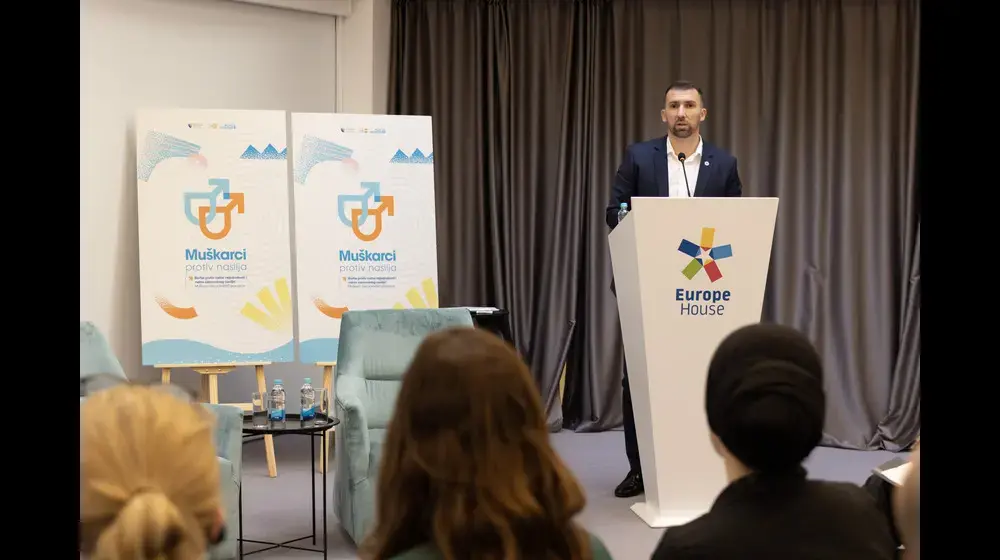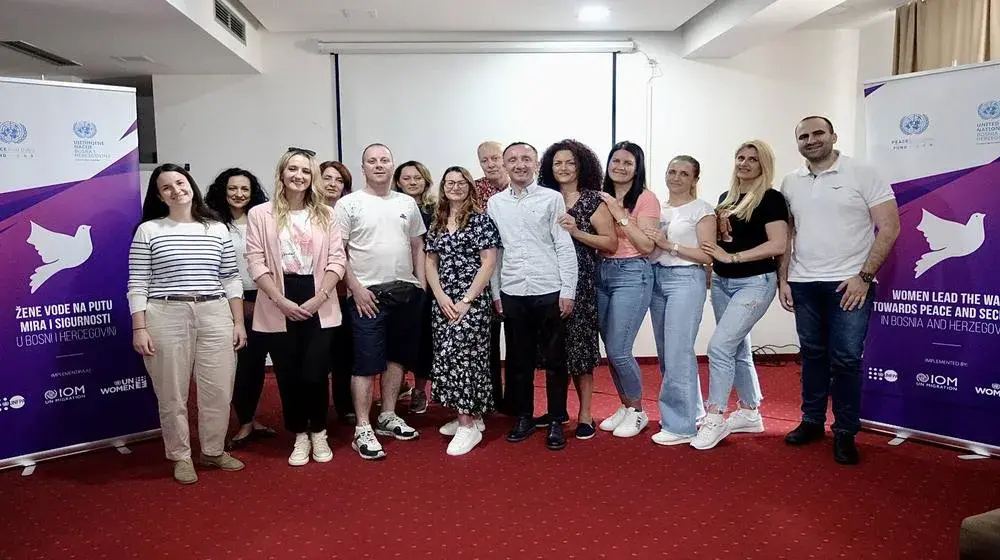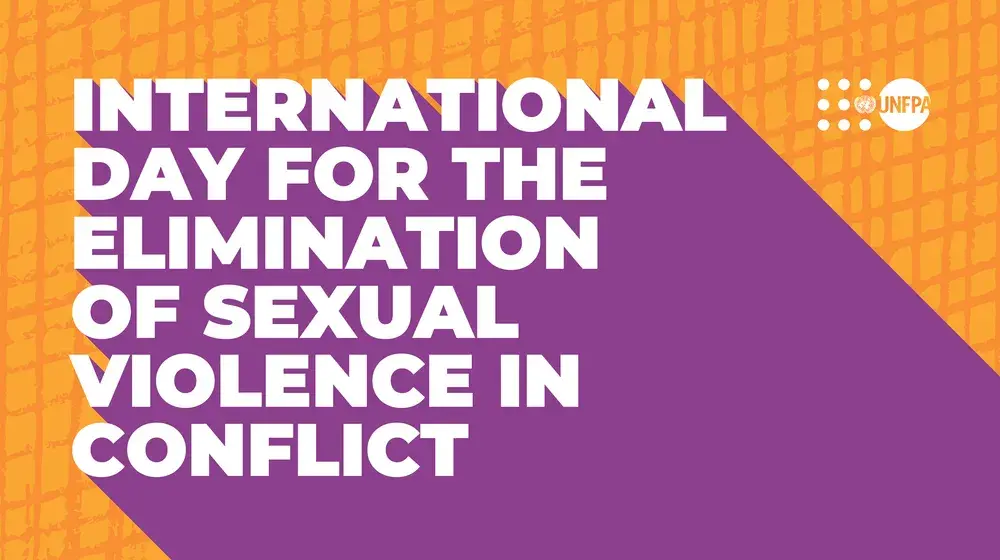A new report launched in Sarajevo on 20 June 2019 gives a detailed picture of the physical, sexual and psychological violence many women and girls have had to endure in Bosnia and Herzegovina.
The report is based on a survey undertaken by the OSCE with support from the European Commission, UNFPA and other partners in 2018 and presents the findings from the OSCE’s qualitative and quantitative study in Bosnia and Herzegovina on violence against women. The study involved:
• Ten key expert interviews, which provided and overview of issues relating to violence against women and conflict-related acts of violence;
• A survey of a representative sample of 2,321 women aged 18 - 74 living in BiH, including 1,163 in the Federation of Bosnia and Herzegovina (FBiH), 1,019 in Republika Srpska (RS) and 139 in Brčko District, to establish the prevalence and consequences of violence using a multistage, stratified, random probability sample design;
• Nine focus groups (five in FBiH and four in RS) with women from Bosniak, Serb and Roma backgrounds on their attitudes towards VAW;
• Six in-depth interviews with women who had experienced violence, including women with a disability, to understand, in more detail, the impact the violence had on them.
Findings from this study are similar in FBiH and RS, notwithstanding the fact that rather more women are conflict-affected in FBiH, though they are still presented separately, as the responsibility to prevent VAW and to support survivors lies at the entity level.
The issue of violence against women is a fairly widespread concern in BiH. Two-thirds of women (67%) think that violence against women is common and over a quarter (27%) think that it is very common.





